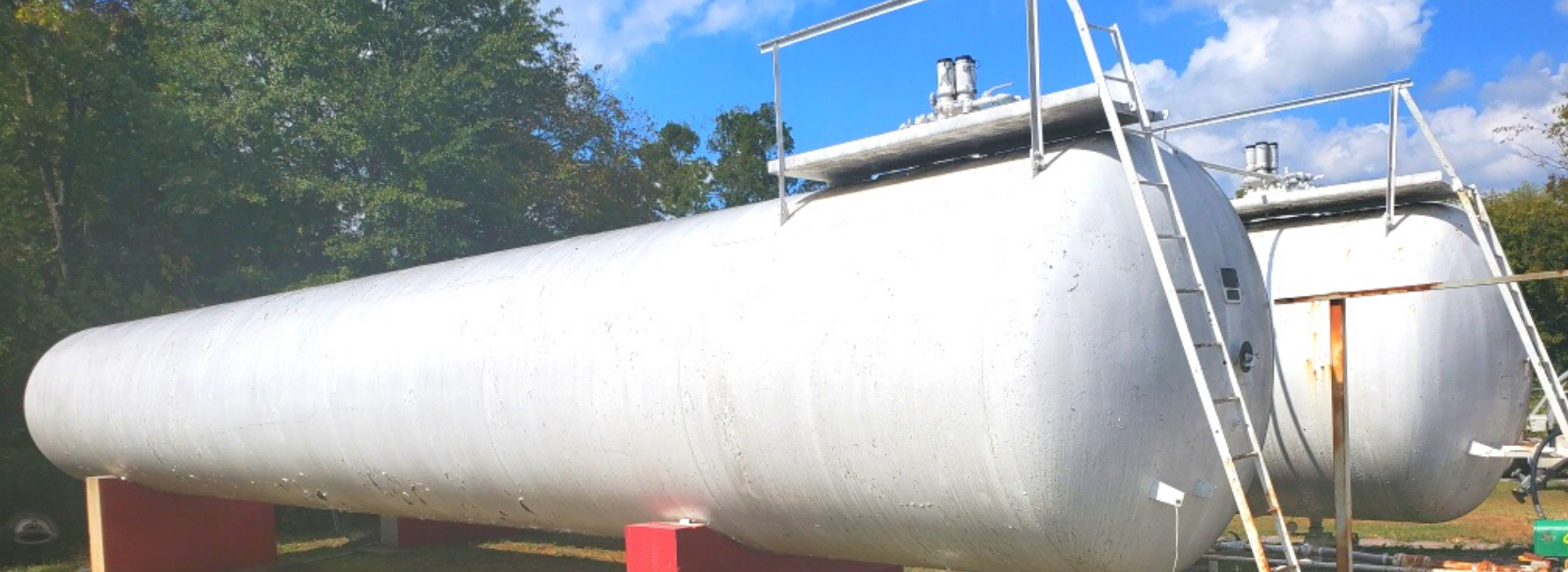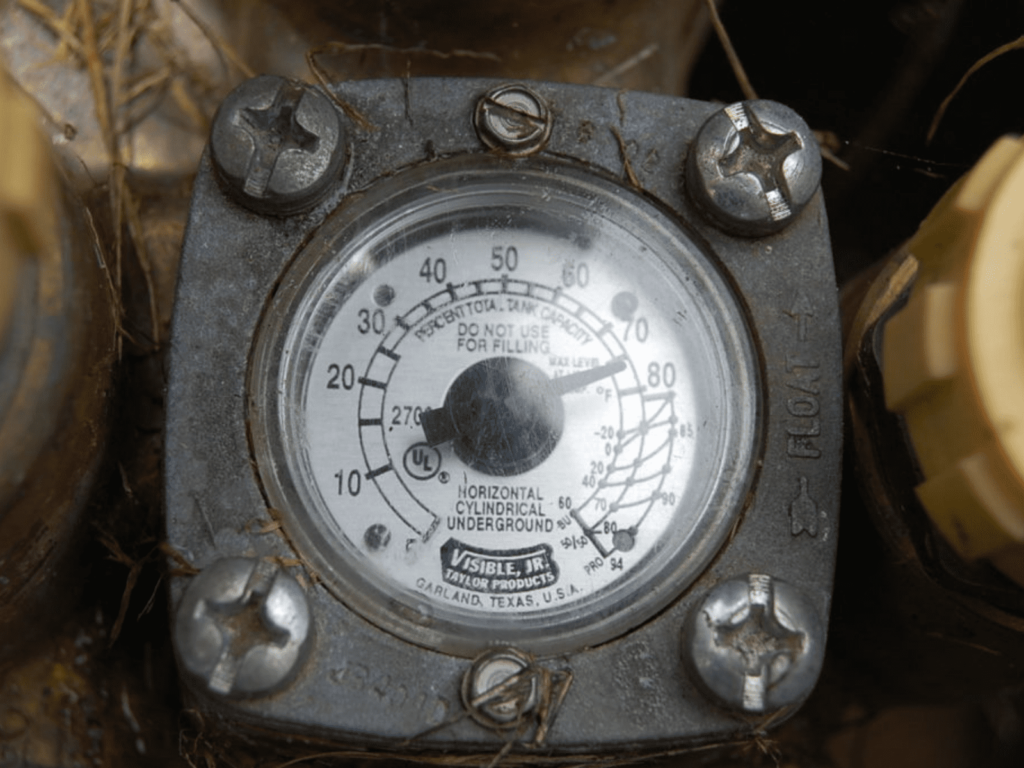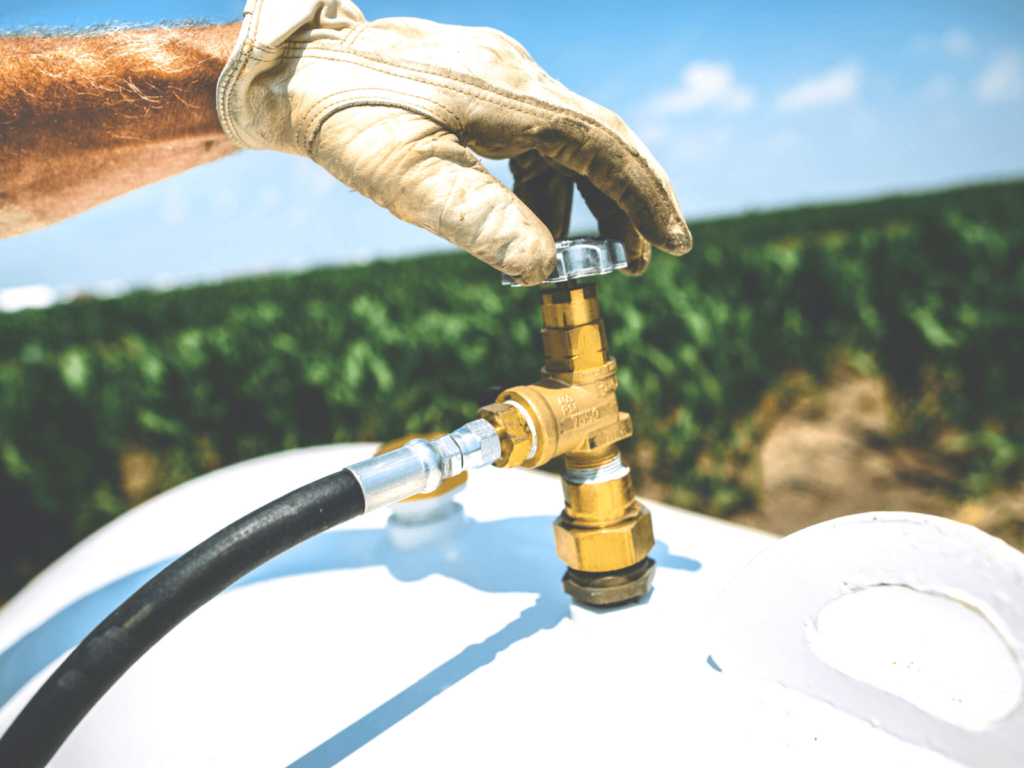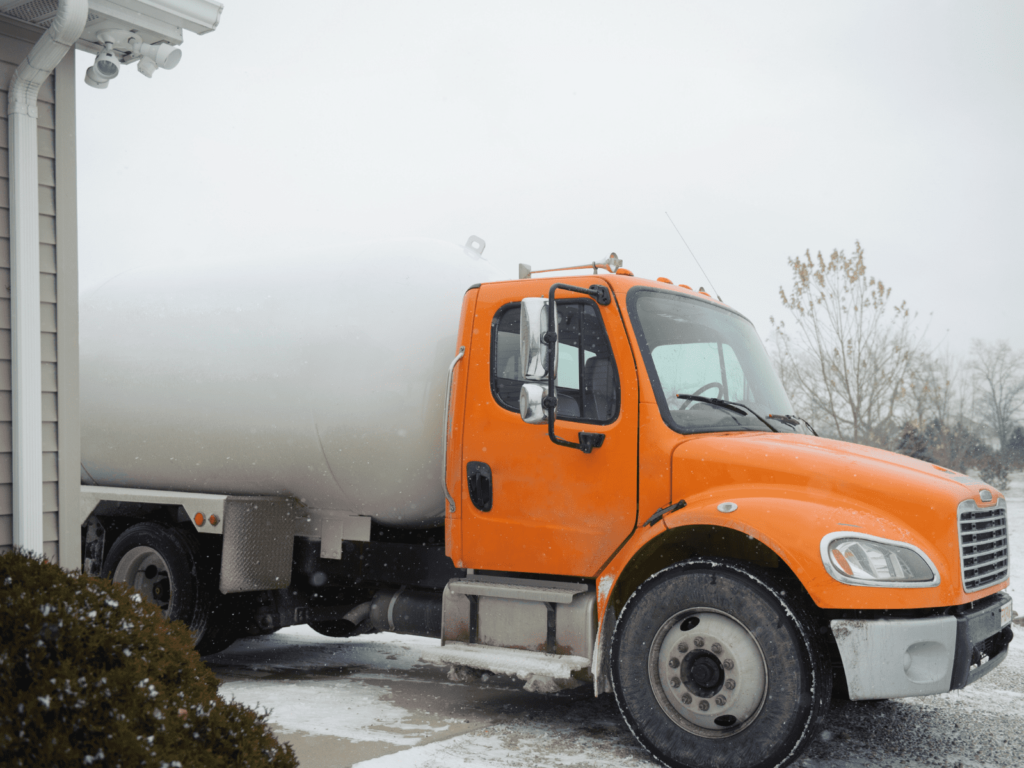
7 Tips to Prepare Your Propane-Powered Home for an Extended Winter
- By Platform Fuels
- February 4, 2021
- Propane
In many parts of the country, the cold continues, and winter isn’t quite finished with us yet.
While a propane-powered home can be very energy efficient during the coldest months of the year, there are some important things to think about in order to ensure that your home is prepared for an extended winter.
Here are some ways you can prepare your propane-powered home for additional winter months, so you can save money, stay safe, and stay warm through Spring.
You probably filled your tank in the fall or in early winter. But as the temperatures continue to dip, keep a watchful eye on your fuel supply levels. Check them regularly to ensure you’re never below the recommended 25%.
Even if you had a half-tank of propane fuel in autumn, the tank could be nearly empty by the beginning of winter. With continued cold coming or more winter on the way, keeping an eye on your propane levels is paramount and can prevent serious issues.

To keep your home warm and comfortable, check your fuel supply on a weekly basis. If the supply dips below the halfway point, you may want to call your propane provider for the next top-off. Checking your tank levels regularly will help you avoid running out of fuel in the middle of a blizzard or before temperatures dip down to dangerous levels.
If inclement weather is due to hit your area, let the professionals check your propane tanks and inspect the various functions on your heating system to make sure that everything works properly.
Insider Tip:
If winter is expected to extend a few months, schedule a service call now instead of waiting until the temperatures start to fall, as it’s easier, safer, and can be cheaper than scheduling maintenance service in the middle of bad weather.
Scheduling an inspection of your home’s heating system can also help detect any minor issues before they become major problems down the line. More problems tend to occur with empty, inefficient or unchecked tanks, so a mid-winter inspection by trained professionals will ensure that your propane tank, furnace, heating ducts, thermostat, wiring, and various other components that distribute heat throughout your house are in perfect working order.
Propane prices fluctuate often – especially during the winter – and can vary based on seasonality, supply and demand, macro-economic issues, and can change during emergencies. Quite simply, by waiting too long to schedule service or delivery, you might pay more for propane than if you schedule tank fills in advance.

The need for propane can be highly seasonal and prices may reflect these fluctuations. Demand during the summer months varies and can be higher in certain geographies, but in general, the majority of propane purchases spike in the winter when homeowners and businesses need to heat their properties.
Extended winter and sudden cold snaps tend to put extra pressure on propane inventories, resulting in higher prices during the long winter months. Get your tanks filled in advance to “lock in” the lower rates before the sudden shift in weather causes propane prices to increase along with the temperature.
A heavy snowfall can make it hard to find your outdoor propane tank. Make it easy on yourself and your propane delivery supplier to find an outdoor propane tank after a big snowfall by clearly marking its location using something secure, sturdy and easy to see.
Clearly indicating the propane tank’s exact location and proximity to roads, obstacles or other impediments means it’s much less likely to be overlooked or run into by a snowplow or other vehicle. Using a pole, flag or tall stick secured near your tank will make its location obvious, even when there’s a lot of snow on the ground.

When delivering propane, a fuel truck needs easy access to your home’s propane tank. Most propane delivery trucks – bobtails – are large, lumbering vehicles, much bigger than most cars. If your tank is situated far from the driveway, ensure the road that leads to the tank is free and clear of impediments for the delivery vehicle.
Marking the tank’s exact location also makes it easier and safer for a trained technician to quickly find your propane tank when you need a refill, even if you’re not home.
In addition to clearly marking its location, keeping a clear pathway to the propane tank is paramount. Keep the area around the tank clear of trees, bushes or shrubbery, and free of obstacles or objects such as trash cans, toys, vehicles, junk or structures that can make it difficult for a delivery person to safely reach the tank.
Propane tanks are a cost-efficient, eco-friendly alternative to most other heating options, but they need special handling for safety reasons. That’s where professionals come in.
However, if you have recently purchased a propane tank or have switched to propane fuel to power your home and want to ensure you’re handling your system with care, there are some safety standards and best-practices to consider, such as:
From Autogas and Keep-Full programs to programmable “smart” thermostats and gas detectors, using the latest tools and technology to manage, measure, and maintain your propane usage is one of the smartest, safest and best cost-saving steps you can take.
Insider Tip:
Lowering the heat in your home a few degrees throughout the day can help you save money on energy costs and puts less wear on your propane tank, so it can last through the cold winter.
Programmable thermostats and smart heating apps can help you control the temperature of your residence when you’re home or away. Gas detectors are a safety device that alerts everyone in the house to leave the area and call your propane technician immediately if there’s a leak. You can get one at your local home improvement store.
Your propane tank should be able to provide ample heat and power for your home appliances throughout the winter efficiently.
Here are some additional things you can do to help extend usage of your propane tank, reduce damage or danger, and prevent emergency repairs or unnecessary costs.
This winter season has been predicted by many to be the coldest in a number of years. It’s a trend that we’ve become accustomed to, but it’s always good to follow safety guidelines and professional tips, especially when it comes to taking care of your propane.
As the season for severe winter weather continues to sweep across the country, by following the above tips you can make sure your family and your propane powered home is prepared for whatever the long winter brings.